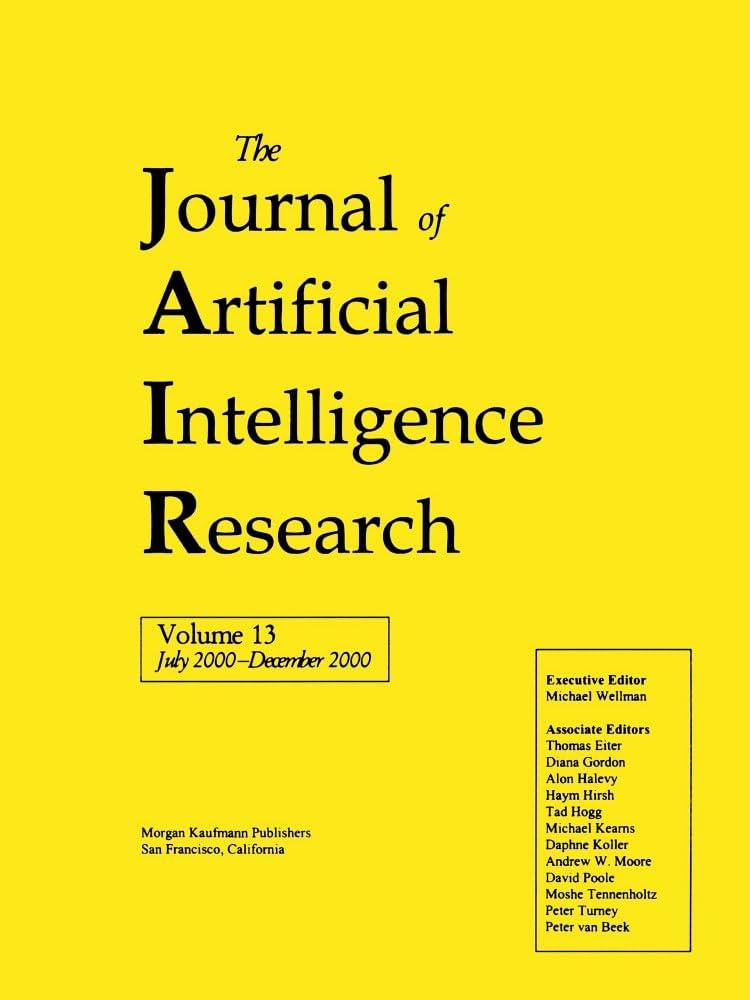网络上具有传染性攻击的Stackelberg安全游戏:重新分配救援
IF 4.5
3区 计算机科学
Q2 COMPUTER SCIENCE, ARTIFICIAL INTELLIGENCE
引用次数: 0
摘要
在经典的网络安全博弈中,防御方将防御资源分配到网络的节点上,攻击方攻击某一个节点,目的是将造成的损害最大化。在本文中,我们考虑网络对传染性攻击的防御问题,例如节点u上的攻击会扩散到u的邻居,并可能造成多个节点的破坏。现有研究共享资源的工作假设分配给一个节点的资源可以在相邻节点之间共享或复制。然而,在现实世界中,资源共享自然会导致源节点的防御能力下降,尤其是在防御传染性攻击时。因此,我们研究分配给一个节点的资源只能转移到相邻节点的模型,我们称之为再分配过程。我们证明,即使在一些非常特殊的情况下,计算最优防御策略的问题也是np困难的。对于积极的结果,我们给出了问题的混合整数线性规划形式和双准则逼近算法。我们的实验结果表明,我们的算法计算的分配和再分配策略在最小化传染性攻击造成的损害方面表现良好。本文章由计算机程序翻译,如有差异,请以英文原文为准。
Stackelberg Security Games with Contagious Attacks on a Network: Reallocation to the Rescue
In the classic network security games, the defender distributes defending resources to the nodes of the network, and the attacker attacks a node, with the objective of maximizing the damage caused. In this paper, we consider the network defending problem against contagious attacks, e.g., the attack at a node u spreads to the neighbors of u and can cause damage at multiple nodes. Existing works that study shared resources assume that the resource allocated to a node can be shared or duplicated between neighboring nodes. However, in the real world, sharing resource naturally leads to a decrease in defending power of the source node, especially when defending against contagious attacks. Therefore, we study the model in which resources allocated to a node can only be transferred to its neighboring nodes, which we refer to as a reallocation process. We show that the problem of computing optimal defending strategy is NP-hard even for some very special cases. For positive results, we give a mixed integer linear program formulation for the problem and a bi-criteria approximation algorithm. Our experimental results demonstrate that the allocation and reallocation strategies our algorithm computes perform well in terms of minimizing the damage due to contagious attacks.
求助全文
通过发布文献求助,成功后即可免费获取论文全文。
去求助
来源期刊

Journal of Artificial Intelligence Research
工程技术-计算机:人工智能
CiteScore
9.60
自引率
4.00%
发文量
98
审稿时长
4 months
期刊介绍:
JAIR(ISSN 1076 - 9757) covers all areas of artificial intelligence (AI), publishing refereed research articles, survey articles, and technical notes. Established in 1993 as one of the first electronic scientific journals, JAIR is indexed by INSPEC, Science Citation Index, and MathSciNet. JAIR reviews papers within approximately three months of submission and publishes accepted articles on the internet immediately upon receiving the final versions. JAIR articles are published for free distribution on the internet by the AI Access Foundation, and for purchase in bound volumes by AAAI Press.
 求助内容:
求助内容: 应助结果提醒方式:
应助结果提醒方式:


